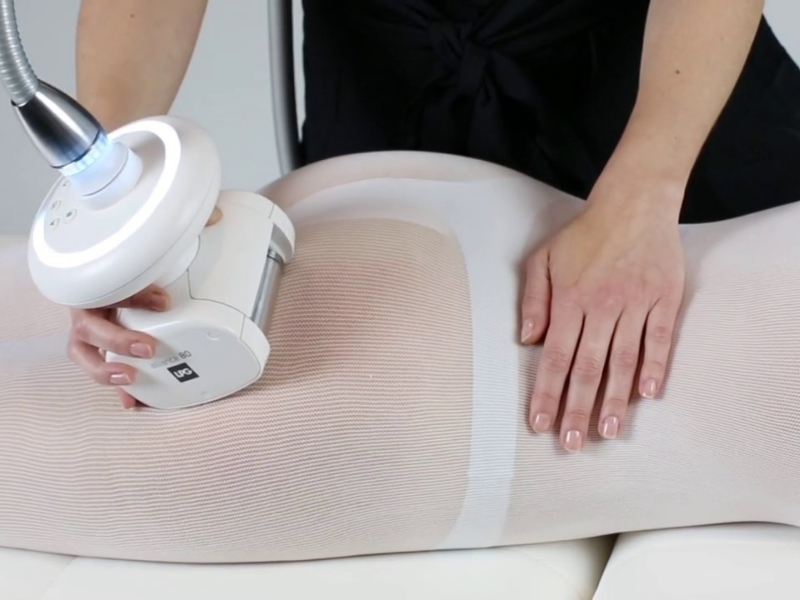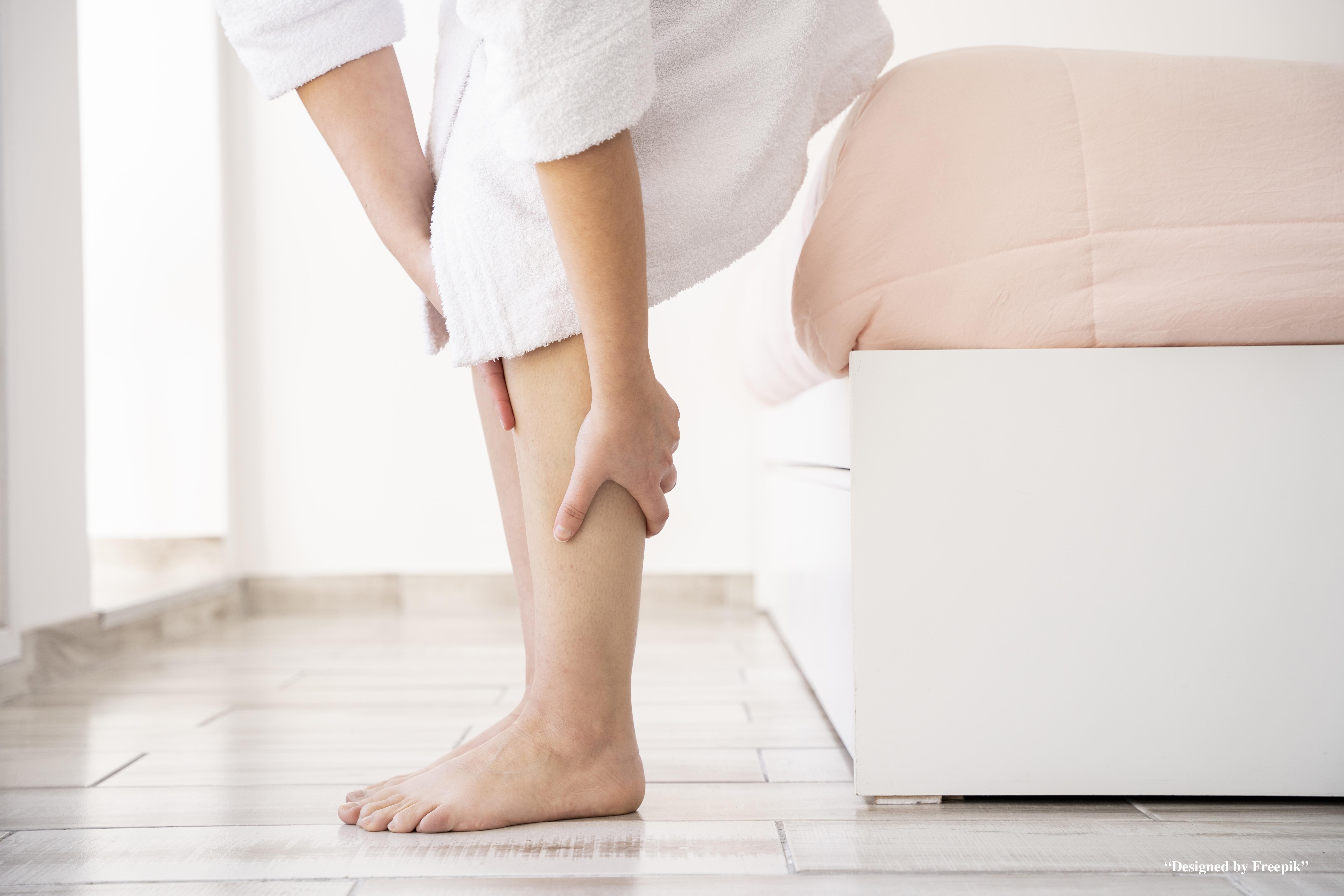If you’ve ever asked yourself, “Why are my legs always swollen and painful?” despite eating well, exercising regularly, and living a healthy lifestyle — you’re not alone.
For many women, fat in the lower body that doesn’t respond to diet or exercise isn’t a matter of willpower. It’s a misunderstood medical condition called lipedema. This condition can cause disproportionate fat in the legs, hips, and sometimes arms — often accompanied by pain, swelling, and emotional frustration.
You might be doing everything “right,” yet still struggle with heavy legs even after weight loss, a body shape that feels out of proportion, and hard, painful fat in legs that won’t go away. If this sounds familiar, lipedema could be the missing piece of the puzzle.

Understanding the physical signs of lipedema is crucial for early diagnosis and treatment.
Lipedema ( or lipoedema) is a chronic and often misunderstood condition that affects millions of women worldwide. Despite its prevalence, it is frequently misdiagnosed as cellulite, obesity or simple weight gain. This blog post aims to spread awareness, highlight the symptoms, and share available treatments so you or someone you love can find relief and support.

What is Lipedema?
Lipedema is a progressive fat disorder that mainly affects women. It causes abnormal, lumpy, fat deposits — especially in the lower body — that can be hard, painful, tender to touch, and resistant to traditional weight loss methods. Lipedema is characterised by:
- Fat that is painful and bruises easily
- Swelling that worsens throughout the day
- Fat disproportion: legs (and sometimes, arms) appear much larger than the upper body
- No or minimal improvement with diet and exercise
Wondering about the difference between lipedema and lymphedema? Lipedema involves fat tissue, while lymphedema relates to fluid buildup due to lymphatic dysfunction. They may co-exist, but they are not the same. The fat nodules in lipedema can disrupt the normal flow of lymph, impairing lymphatic return and leading to fluid retention in the affected areas.

Causes and Risk Factors
While the exact cause of lipedema is unknown, it is believed to have a genetic component and is often triggered or worsened by hormonal changes such as:
- Puberty
- Pregnancy
- Menopause
If you have a family history of lipedema or have experienced sudden fat gain in the lower body that doesn’t respond to lifestyle changes, you might want to consult a specialist.
Diagnosis: The Key to Relief
Getting a proper diagnosis is crucial. Many women are misdiagnosed with obesity or lymphedema, which delays effective treatment. A diagnosis is typically made through a clinical examination, patient history, and by ruling out other conditions. Lipedema has distinct visual characteristics, such as a “cuffing” effect at the ankles and fat pads that feel nodular or grainy under the skin.

Lipedema Treatment Options (Non-Surgical)
While there is currently no cure for lipedema, there are treatments that can help manage symptoms and improve quality of life:
Manual Lymphatic Drainage (MLD)
A gentle massage technique to help reduce swelling and discomfort.
Compression Therapy
Custom-fitted garments help reduce pressure and support circulation.
Anti-Inflammatory Lifestyle
- Gentle movement (walking, swimming)
- Whole-foods-based eating
- Hydration and rest
LPG Endermologie
LPG Endermologie is a non-surgical lipedema treatment that uses mechanical massage to mobilise lymphatic flow and improve comfort.

When Is Surgery Considered?
Liposuction for lipedema is considered when:
- Non-surgical treatments aren’t enough
- Mobility is significantly affected
- A specialist team is available for care and recovery
- Liposuction (specifically tumescent or water-assisted liposuction) is currently the only treatment shown to permanently remove lipedema fat.
- It must be performed by a surgeon experienced in lipedema cases to avoid complications and ensure optimal outcomes.
Lipedema Treatment & Support in Brisbane
If this sounds familiar, you’re not alone. Book a private consultation at our Brisbane clinic and get expert support for managing lipedema — naturally and holistically.
Awareness is the first step toward better care. If you think you might have lipedema, don’t settle for “just lose weight” as a diagnosis. Seek a second opinion from a specialist familiar with the condition. You deserve to feel comfortable, understood, and supported in your journey.
📍 Book Your Consultation in Brisbane Today
Are You Ready to Take Control …….. ?
If you’re ready to take control of your lipedema symptoms, book a free consultation at Viva Wellness today! Our team of experts is here to discuss your symptoms and create a personalised treatment plan just for you. Don’t wait—schedule your consultation and start your journey to relief now!all to action paragraph
Let’s get started!
Click here to schedule your free lipedema consultation.


Our Expert Team in Brisbane Is Dedicated to Helping You Feel Your Best, Helping You Address Your Lipedema Symptoms

